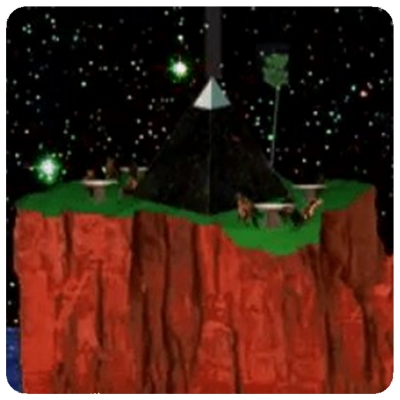
MVC Podcast 1: for Mrs. Brunke
[00:22:02] December 25th, 2023
Podcast dedication, mission statement, and highlights from "Second Fruit."
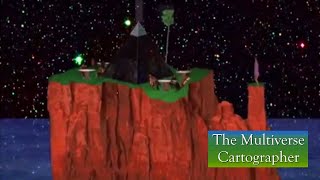
or

or listen through
or the RSS feed.
First, while I’m waiting for my own physical copies of “The Multiverse Cartographer” to arrive here in New Delhi, India, I thought I’d start with this first video in which I’ll introduce the story, and give a kind of birds-eye-view of some of its characters and themes. Under the first layer, there are many Biblical, literary, cinematic, pop culture, and other references which I’ll go into. Some of them are obvious, others more subtle, and very easy to miss. My hope was that the important messages would be the fruits of contemplation and analysis.
So far, not many people have read “The Multiverse Cartographer,” but one or two of the people who have gave it one out of five stars, which honestly doesn’t surprise me. The good news is, at least one person, who isn’t biased by virtue of being a friend or relative, or knowing me at all, gave it four stars, so that’s something.
But isn’t it a little bit sad that something as unique and personal as a work of art can be reduced to something as… well, “one-dimensional” as a star rating system?
One of the two least-satisfied readers included a review which read as follows: “A Great Deal of Confusion. I am willing to admit that perhaps the confusion is mine. Certainly I can say the book left me very confused. The description sounded so promising. Time travel, a story in one universe and reality in another, a story within a story, parallel universes! But though all of that was in the story it really was not told as a story. It felt to me like an author wrote a book, took all the manuscript pages and tossed out about 3/4 of them, then took the rest and put them together randomly and called it a day. I kept reading about the same people, and the same settings, and there seemed to be some sort of plot but none of it hung together or made sense. I reached the end of this very short novel (and only knew I reached the end because there were no more pages) and emerged the befuddled and confused reader that I am now. If there is some grand overarching plan to this book I will confess that I don't seem to be intelligent enough to understand it. If it is necessary to read some of the author's other works to understand it then my confusion is understandable because I didn't do that first. I think the underlying ideas of this book are so intriguing and I would love to read and understand the story that comes from them. But whether the fault lies with the book or it lies with me, I just haven't read that story yet. I wish I knew what I had read.”
Thank you, Mrs. Brunke, for inspiring me to create this channel and series of videos. While on an ego-level, the “one out of five stars” came with a slight sting, once the effect of that wore off, the words you wrote are very clear and direct. I assure you, and this might surprise you, that there was very little left on the cutting-room floor, and it took me 25 years to complete. “The Multiverse Cartographer” is probably best read after having read the two Mouse books mentioned in the introduction, of which “The Multiverse Cartographer” is described as the companion and deep-dive into, but rather than suggesting that you pay me more money to read the Mouse books on Kindle, I will read them to you, out loud, on this channel, throughout this video series.
Not only that, but I will explain why I felt, perhaps wrongly, that the scenes and snap-shots of dialogue and world-building were enough to serve as hints or clues to allow the reader to ascertain the rest through contemplation.
Part of it is that “The Multiverse Cartographer,” when made complete with the missing pieces of the puzzle which can be found in the two Mouse books, exists perhaps in a space somewhere between sci-fi adventure prose and poetry. Sci-fi is, of course, often allegorical for issues we face in the real world.
Another aspect of it is kids think they know everything, and as we grow and mature we realize how little we really know. The irony of course being that, one might assume, once we know as much as a person can possibly know, we realize we know absolutely nothing. When we knew as little as we could possibly know, we thought we had it all figured out. Well, I was 18 when I began writing the story, and 44 when I finished it. So, it might be fair to say that the story doesn’t know whether it wants to shove the truth, as understood by my Los Angelian teenage-self, down the throat of the reader in a subtle but clever way, or to sit back and examine a whole picture and shrug at the mystery of it all with my middle-aged-self here in India today.
When I was young, one of my favorite teachers advised me that I talked too much, and that I should try to say what I want to say in as few words as possible. Given especially that books, in a sense, gave way to television, and television to youtube, and youtube to tik-tok, this seemed like good and timely advice. However, that books-to-tik-tok example just given isn’t the whole story, and it would be an oversimplification to say it’s generational.
Speaking in terms of ratings and statistics dehumanizes art, the artist, and the appreciation of art in much the same way that the villainous New World Empire dehumanizes the Drones in the books, for example. When it comes to art I’m not interested in numbers and trends, but rather people, connection, and communication.
I’m tempted to say “there’s nothing wrong with making some profit” from artistic creation, but I would be disingenuous if I said that. Now, a person could say that believing that art should come from the heart and not cater to the interests of those who might potentially buy it, and enjoy it so much they share it with friends and strangers on social media who then also go buy it, is coming from a place of privilege. And they would have a point. Though, I would argue, that they would be approaching something 10-dimensional with a 2-dimensional ruler.
Anyway, I’m talking too much without saying what I came here to say. The tik-tok attention spanned have already clicked away long ago, bless their hearts.
I’ll start at the beginning.
Back in 1997, I began writing a story called “Second Fruit.” The title was an intentionally obscure reference to the book of Genesis. The question which it should prompt, then, being “which fruit is the second one? Life, or Knowledge of Good and Evil?” Well, of course, it depends on which direction you’re going.
“Second Fruit” told the story of six main characters: Joe, Lucy, Luke, Charles, Blythe and Jobe. Joe, Luke, and Lucy exist in a word separate from ours, a little like The Lodges in Twin Peaks. I drew inspiration from that, as well as George Lucas’ having drawn inspiration from Joseph Campbell’s “The Hero with a Thousand Faces.” This was, of course, before the prequel trilogy came out. Also, by the way, before “Drone” was a word that meant little remote-controlled helicopters.
Luke, with the root of his name being Lux, meaning light or enlightenment, was a direct nod to this Star Wars connection. In “Second Fruit” Luke was the son of Joe and Lucy. It was meant to be a changing of the guard on a macrocosmic spiritual level. Joe was tired, put upon, and passive, and wore blue. Lucy was very active, destructive, with overt imagery of wealth and petroleum products, and wore red. Joe was short for Jehovah, and Lucy was short for Lucifer. Luke was their son, a new character on the scene. Luke wore yellow, was rebellious, and tired of the old dichotomy of passive fear-based so-called “goodness” and active greed-, and ultimately fear-based, wanton and destructive accumulation of wealth, the kind of “evil” represented by Lucy, the “Mammon” Jesus talked about.
Luke, being their son, wasn’t intended to therefore be “half-good and half-evil” or some kind of blending of the two but, rather, the next generation which was coming into being, which his powerful and well-established parents were keeping in line, trying to make him play their game in one way or the other. But, having grown up with the both of them and now coming into his own, he proposed a new way. Now remember I was writing all this in 1997, when the big “year 2000” was right around the corner and many people, in one way or another, were thinking about The End of The World, or at least “The End of the World as We Know It,” thank you R.E.M., especially those coming from a Christian background.
The other three characters were Charles, Jobe, and Blythe. At that time, these three were intended to be the human avatars of Joe, Luke, and Lucy, drawing from more of a Hindu cosmology, though they did not know this about themselves. Charles was Joe, the old Judeo-Christian God incarnate. Now, of course, there was a time when the incarnation of Jehovah signaled the dawning of a new age, back 2000 years prior, but now it was Luke’s turn to be the dawn. Silly? Perhaps. Heretical? Surely. Offensive? It depends on who you ask. But it’s what I was going with. Under the surface.
So, Charles was a conventional, but boring, hero. He would start out as an underdog, and receive a call-to-adventure to make him go on a journey and overcome (*yawn*) sorry, I think I nodded off there for a second. Naturally, the heroes’ journey clarified by Joseph Campbell is the backbone of storytelling, if you ask Robert McKee. So, to write a story with something else in mind than following that ancient and universal human formula, which Dan Harmon reduced to a circle, would be quite foolish, no? Perhaps. It might be part of the reason the story doesn’t sit well with one who is accustomed to that well-worn arc or circle.
Anyway, Blythe is Lucy, but she doesn’t know it, but there’s more going on with Blythe. The world has been unfair to her, beat her down. This has been her own true self, Lucy, doing her best by controlling the entire world to mold her from a baby into a bitter, angry person, a villain. Lucy’s goal is to make her avatar into the image of herself.
Joe, on the other hand, has given up. Charles can try to pray to his true self but he doesn’t get an answer. This leaves Charles alone contemplating the futility, the emptiness, the meaninglessness of it all.
That leaves the third of this earthly trio, Jobe. Obviously, his name is a reference to the Biblical character who never loses his faith, though spelled a bit different so that people don’t pronounce it “Job.” Jobe is kind of aware that he’s actually Luke. Jobe is different. Jobe meditates. He goes for hikes in the mountains. He isn’t self-conscious or fearful, he doesn’t fixate on cravings or ambition. He’s basically kind of Buddhist, living in a world of passive followers of perceived good, and active pursuers of evil selfish interests which destroy nature and the soul. Jobe’s goals are to keep Blythe from becoming the image of Lucy, and to help Charles to be more assertive and wise. Jobe also serves as a kind of Yenta, a matchmaker, to help Charles and Blythe come together to, ultimately, allow Joe and Lucy to transform and evolve into something better.
I’ll leave you with that for today. That’s where it all started, and it never veered too far from that. In the beginning, it wasn’t Sci-Fi at all. Charles eventually became Charles the Grey, the half-human half-Grey-alien who’d spent decades learning from Jobe before meeting Blythe, the revolutionary leader in the subways of New York City, or New World Center. A couple decades later, in real world time, Charles Reuben, The Multiverse Cartographer, was introduced as a character. Reuben is a reference to one of the tribes of Israel, the one which some say corresponds with the astrological sign of Aquarius, which rules the Age which, they say, we are moving into at this period in history. Pisces was the one that began with Jesus and Caesar and them. Charles means “Free Man,” the sort of middle-classed average man of ancient Europe, not a noble, not a slave, just a regular guy. The name later became associated with Royalty, during one of the great human cycles when that sort of irony was appropriate. It’s also, incidentally, my middle name.
That’s all for now. I hope you enjoyed this introductory video, and will return for the rest of this series. If you’re interested, please feel free to check out the Mouse books and The Multiverse Cartographer, preferably in that order. Links are in the description below.
Happy Holidays to those who celebrate something in the wintertime, happy new year to those using the old Roman calendar. Greg’s 2023 is right around the corner. That’s a reference to the book. I’ll be back once my physical copies of The Multiverse Cartographer arrive; it takes a little longer to receive them in India.
Until then.
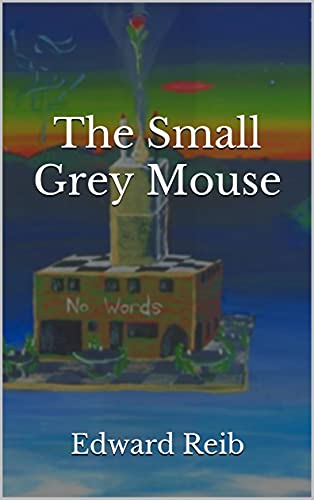 |
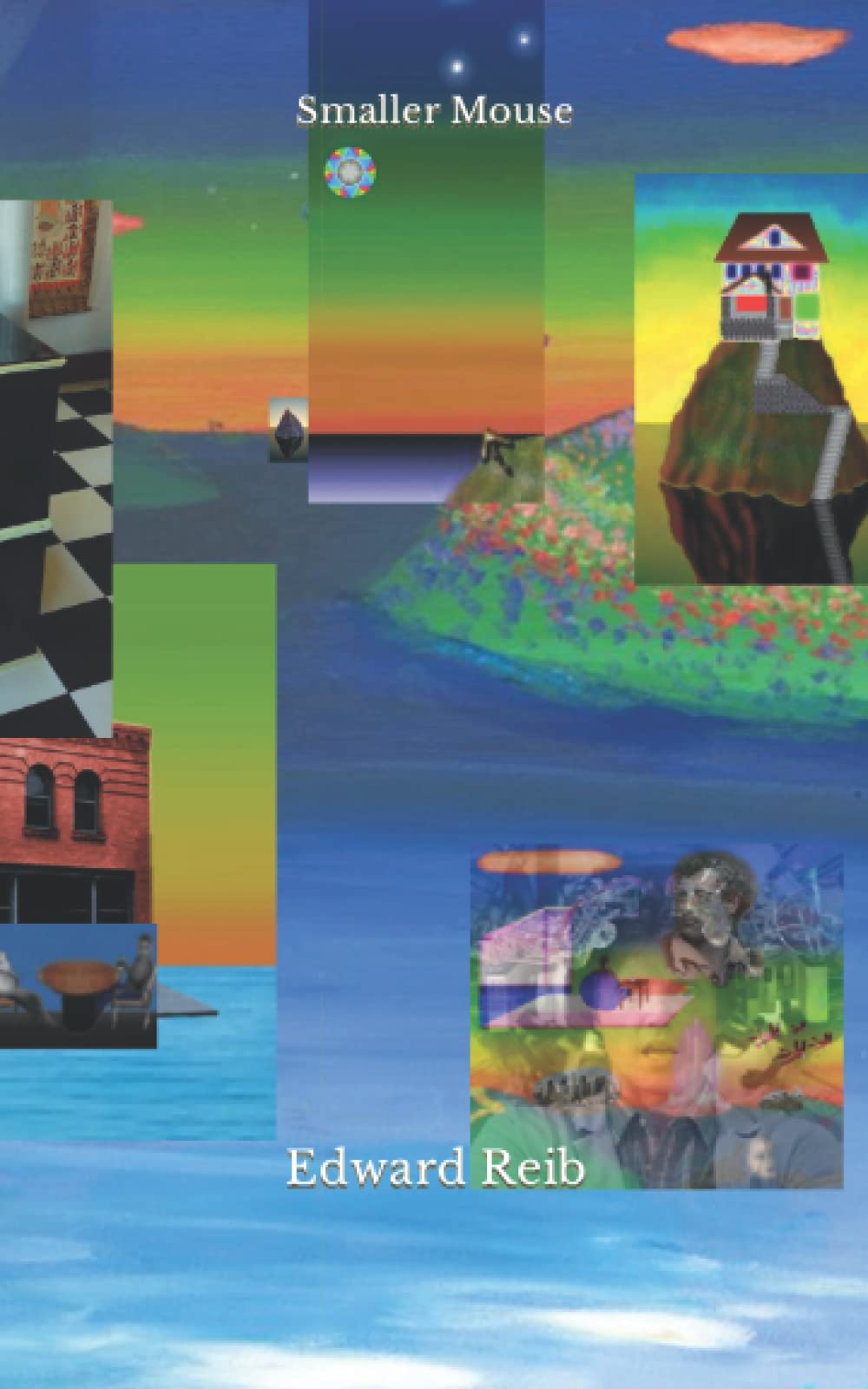 |
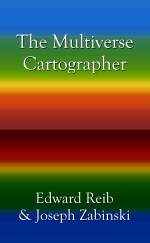 |
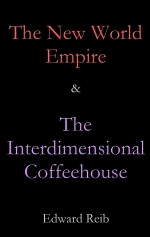
|
 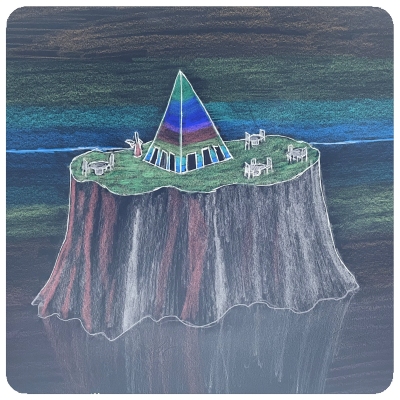 |
 |
  |